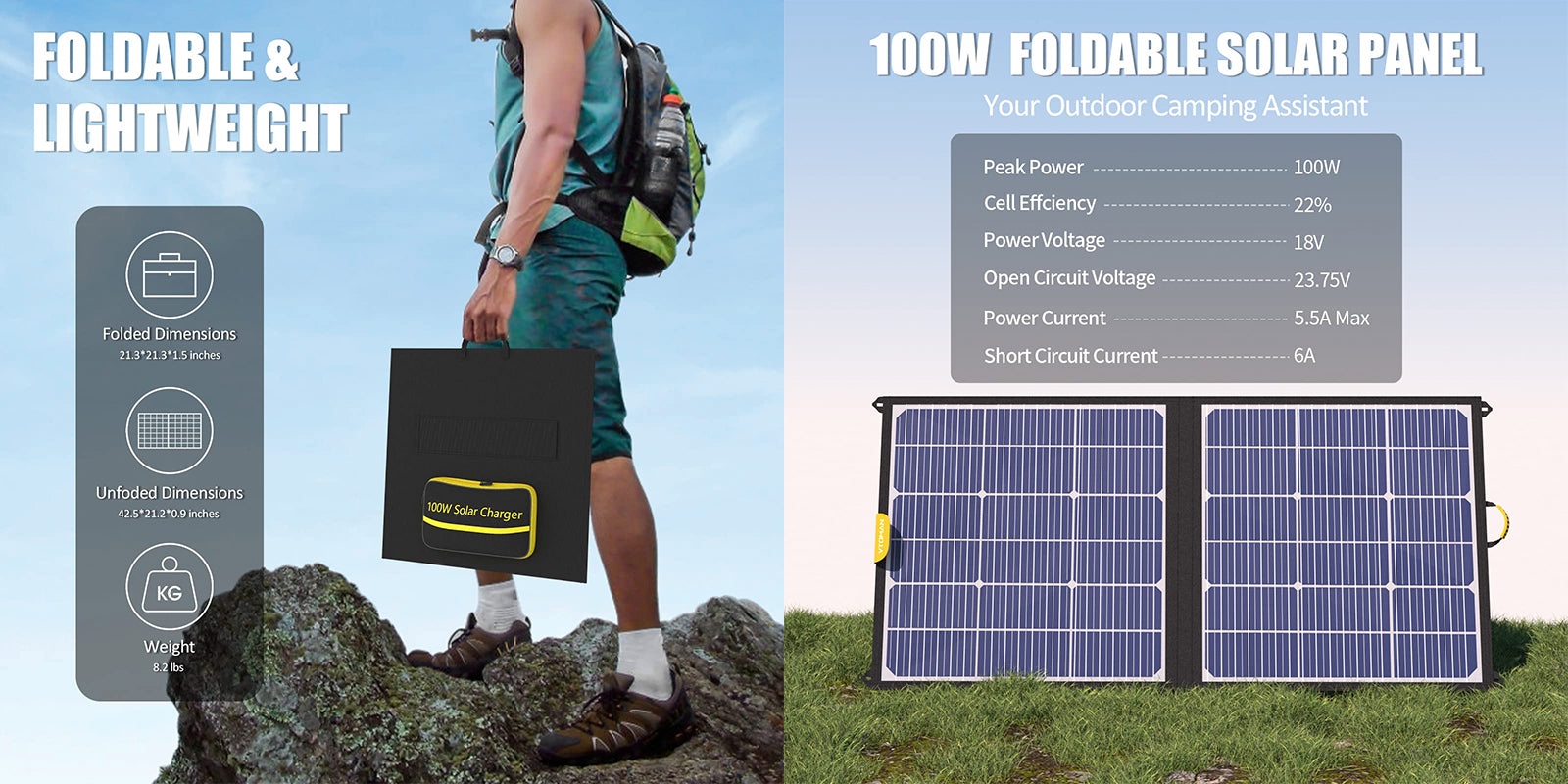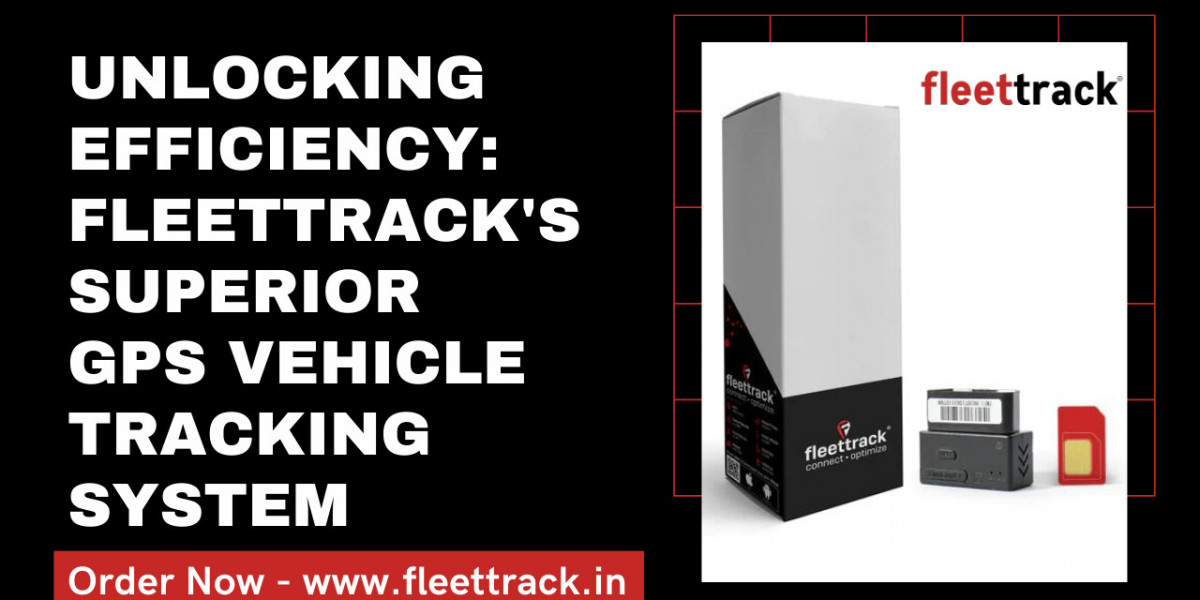When it comes to sustainable living and energy efficiency, RV solar panels have become increasingly popular among outdoor enthusiasts and eco-conscious travelers. In this guide, we will delve into the world of harnessing renewable energy for RVs, exploring the benefits, installation process, maintenance, and tips for maximizing solar power.

The Benefits of RV Solar Panels
RV solar panels offer a myriad of benefits for both the environment and RV owners. By harnessing renewable energy, RVers can reduce their carbon footprint and minimize reliance on non-renewable resources. Additionally, solar panels provide a cost-effective solution for powering appliances and electronics while on the road, offering independence from traditional power sources.
Furthermore, RV solar panels enable travelers to explore remote locations without worrying about access to electricity, making off-grid adventures more accessible and sustainable. The ability to generate power from the sun also contributes to a quieter and more peaceful camping experience, as opposed to relying on noisy generators.
Installation Process
Installing RV solar panels may seem daunting at first, but with the right guidance, it can be a manageable and rewarding DIY project. The first step is to assess your energy needs and determine the appropriate solar panel size and capacity for your RV. Next, you will need to select a suitable location for mounting the panels, ensuring they receive optimal sunlight throughout the day.
Once the panels are in place, they need to be connected to a charge controller, which regulates the flow of electricity to the RV's battery bank. This is crucial for preventing overcharging and prolonging the lifespan of the batteries. Finally, an inverter is used to convert the stored DC power into AC power, allowing you to run standard household appliances and devices.
Maintenance and Care
Proper maintenance is essential for maximizing the efficiency and longevity of RV solar panels. Regularly cleaning the panels to remove dirt, dust, and debris is crucial for ensuring optimal sunlight absorption. Additionally, inspecting the wiring, connections, and mounting hardware for any signs of wear or damage is important for preventing potential issues.
Monitoring the performance of the solar panels and battery system is also recommended, as it allows RVers to identify any inefficiencies or malfunctions early on. By staying proactive and attentive to the condition of the solar setup, RV owners can enjoy a reliable and sustainable power source for years to come.
Tips for Maximizing Solar Power
To make the most of rv solar panels, there are several tips and strategies that can be employed. Positioning the RV to maximize sun exposure, especially during peak daylight hours, can significantly increase the energy output of the solar panels. Additionally, investing in energy-efficient appliances and LED lighting can help minimize power consumption, allowing the solar panels to meet the RV's energy needs more effectively.
Furthermore, utilizing energy monitoring systems and mobile apps can provide real-time insights into energy usage and solar production, empowering RVers to make informed decisions about their power consumption. By implementing these tips and best practices, RV owners can fully embrace the potential of harnessing renewable energy for their mobile lifestyle.








